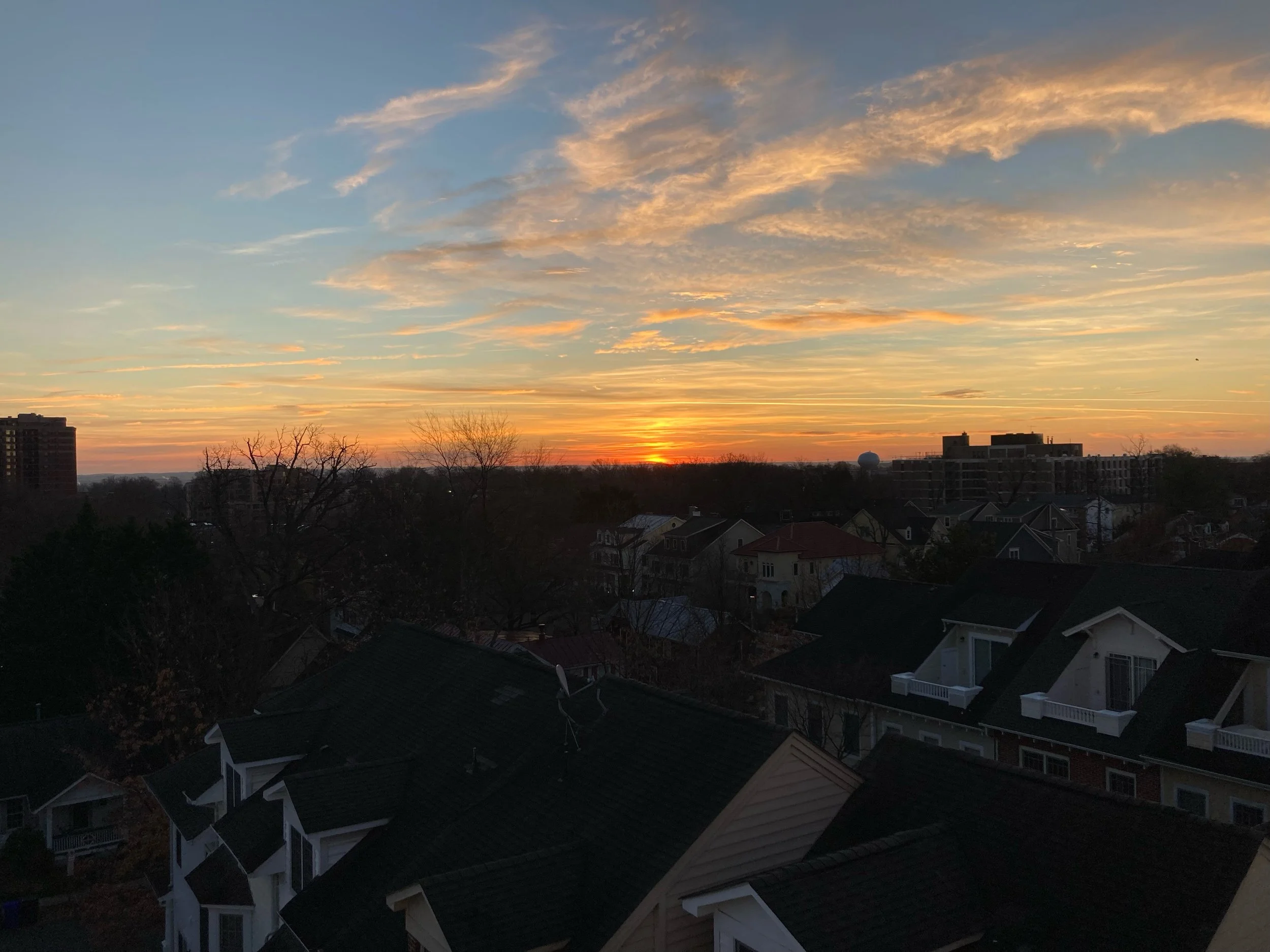Our teacher, Thich Nhat Hanh (Thay) has said:
“Mindfulness is a kind of energy that we generate when we bring our mind back to our body and get in touch with what is going on in the present moment, within us and around us. We become aware of our breathing and come home to our body, fully present for ourselves and whatever we are doing.”
This is really not hard work - we don’t need to study hard to enjoy simple mindfulness practices - we merely need to notice throughout our day that whatever we are doing we can do it with awareness and concentration. With that concentration we can find clarity in whatever we are doing to help relieve our own suffering and that of others. Thay calls this “insight”.
In the book Happiness, Thay writes, “The insight we gain from mindfulness meditation can liberate us from fear, anxiety, and anger, allowing us to be truly happy.”
The mindfulness practices that I most regularly enjoy are conscious breathing (particularly as a yoga instructor,) sitting meditation, and walking meditation. I am pretty good at following my breath during yoga, noticing how the breath enters and leaves the body, conscious of how it brings my body and mind together, and noticing the peace and calm that ensue.

























